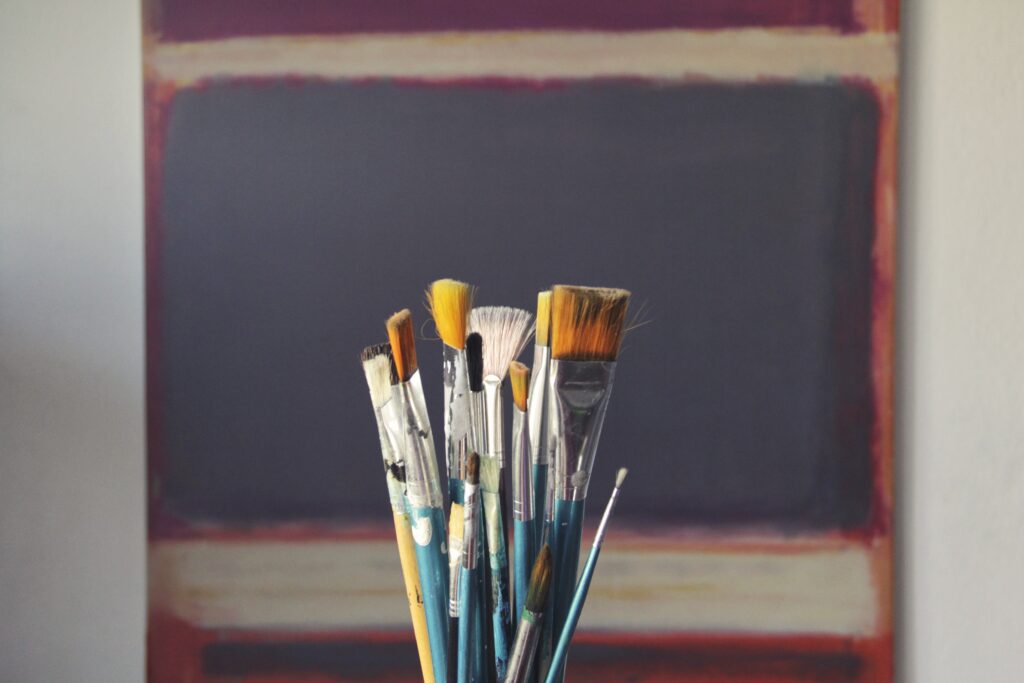By Bella Richmond, Met Sacramento High School Intern
April 21, 2022

March is California’s arts education month, and in honor of the arts, I directed my attention to understanding the real prevalence of arts education in Sacramento high schools. In my previous article, I chronicled my plans to survey high school students in the Sacramento City Unified School District and interview experts who work with Sacramento’s arts education policy and work closely with youth voices. The California Education Code requires arts education to be taught in schools. As shown by the ACLU’s Education Justice Tool, many students in Sacramento are not enrolled in the arts. As a Junior in high school, I wanted to know if other students in my district had access to the opportunities arts education provides. That is why I created a 10-question survey that was sent out to 108 students across Hiram W. Johnson, Rosemont High, and the Met Sacramento High. My data shows various trends relating to the student perspective of arts education.
In the survey, students were asked about their exposure to arts education and their perception of it, along with questions about their interest in increased arts education programs. 11% of the high school students who responded to my survey replied that they had no exposure to arts education in school. It is important to keep in mind that to graduate high school in the state of California, one year of “either visual and performing arts, foreign language, or career technical education” is required. In theory, many of these students will eventually take at least one course in the arts. 72% of students responded that they were likely to participate in arts education if more access was provided. This is interesting because 57% of students responded that they participate in an art program or course less than monthly in the academic year. The key to what I wanted to find with this survey can be shown in those two responses. There is a body of students who are interested in participating in the arts, and the amount of access provided to them is not necessarily enough.
At this point, it is worthwhile to ask why it is that the student’s voice needs to be heard in this matter and in others. As a Junior who made it through online education in a pandemic, I know the importance of listening to young people. The only reason I am capable of what I am today is because teachers took the time to hear me when I told them something was missing from my education. Current studies show art education has the potential to benefit the academic achievement and mental health of students, and my survey shows a trend of students with more interest in the arts than is being accommodated. Next, I will take my findings in this survey to two individuals who can help me to further understand this work and help bring more awareness to arts education.